Thessaloniki gets ready for its metro launch in November
The underground rapid transit lines have been under construction for almost two decades due to various project delays
 TheMayor.EU logo
TheMayor.EU logo 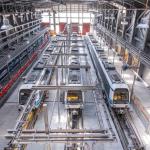
The underground rapid transit lines have been under construction for almost two decades due to various project delays

The cross pinnacle on the Tower of Jesus Christ will be ready to receive visitors in 2026 on the centennial of Gaudi’s death

Now you can get your wine in Talence by paying directly in Bitcoin

That’s because the state has to spend money on updating the railway infrastructure rather than subsidizing the cost of the popular pass

Steffen Romstöck said that he would respect the residents’ choice and would take over the helm of the municipality, even if he didn’t run
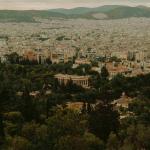
The measure, which will come into force from 1 January 2025, will be partial and temporary…for now
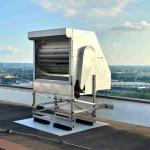
Rethinking renewable energy sources for the urban landscape

But operating them is still illegal under the country’s legislation

The examples, compiled by Beyond Fossil Fuels, can inform and inspire communities and entrepreneurs that still feel trepidation at the prospect of energy transition

Now you can get your wine in Talence by paying directly in Bitcoin

Rethinking renewable energy sources for the urban landscape

The examples, compiled by Beyond Fossil Fuels, can inform and inspire communities and entrepreneurs that still feel trepidation at the prospect of energy transition

The underground rapid transit lines have been under construction for almost two decades due to various project delays

Plus, it has a unique modular design that allows it to be shortened and lengthened like a train
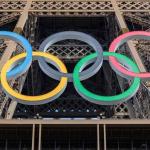
At least, that’s the promise made by the mayor of Paris, Anne Hidalgo
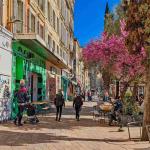
Despite its church-y name, the district has long been known as the hangout spot for the artsy crowds

At least, that’s the promise made by the mayor of Paris, Anne Hidalgo
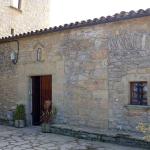
Hostal de Pinós is located in the geographical centre of the autonomous region

On the eve of the new academic year, the ranking considers several distinct but essential factors
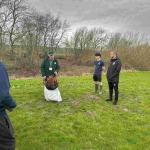
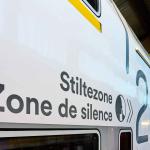
Following a successful trial phase, these quiet areas will now be available on all main routes in the country

The academic institution shows a deeper understanding of the well-being of its students











Leiria is a historic city of great importance to Portugal. Here Afonso III convened the feudal parliaments in 1254, King Dinis I built his royal residence in the castle during the XIV century and in 1411 the Jewish community of the city built the country's first paper factory. The city is the capital of Leiria District and is located near the western coast, in the central region of the country. Some of the many attractions of Leiria include rivers, beaches, pine forest, lagoons, salinas, rock shelters, religious and civil architecture, medieval constructions, museums , thermal baths, popular traditions in their most pure demonstrations, handicrafts and a rich gastronomy. Leiria is a lively, dynamic and very pleasant city that mixes medieval and modern influences.
This city has a population of 125 thousand residents and a total area of 565.09 km2. It is a municipality with a strong vocation oriented towards the development of industrial activities. The municipality of Leiria is divided into 18 parishes.
The region depends very much on trade, agriculture and industry, with special emphasis on the manufacture of ceramics, plastics, moulds and cements. The main economic sector is the tertiary sector of services. Agriculture, tourism, and state-run public services, such as education (including the Polytechnical Institute of Leiria), health (the district hospital Hospital de Santo André) and general public administration, are an important part of Leiria's economy. The construction industry also has an important weight.

The number of visitors in Leiria as throughout the country increases. Leiria offers its visitors all kinds of activities - cultural, sports, religious, gastronomic tours and more. The cultural life of the city is vibrant, offering more than 600 events per year.
Source: www.visiteleiria.pt
Largo da República, 2414-006 Leiria